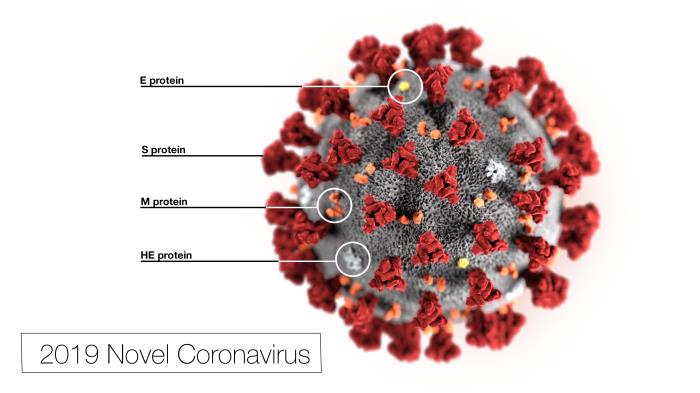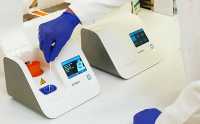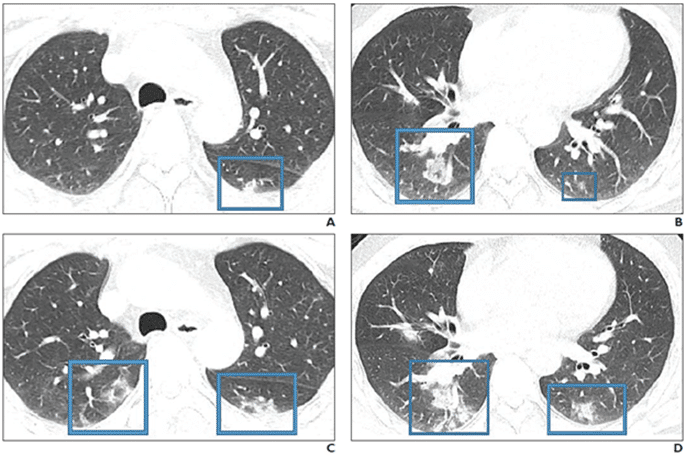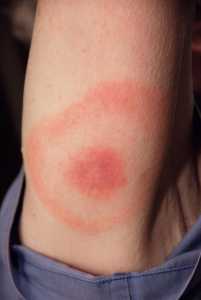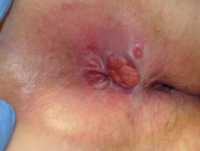Author Interviews, Blood Pressure - Hypertension, COVID -19 Coronavirus / 01.04.2020
Blood Pressure Meds ACEIs and ARBs and COVID-19 Infection
MedicalResearch.com Interview with:
Fabian Sanchis-Gomar, MD, MSc, PhD
Department of Medicine
Stanford University Medical Center
Stanford, California
Department of Physiology, School of Medicine, University of Valencia
INCLIVA Biomedical Research Institute
Valencia, Spain
MedicalResearch.com: What is the background for this study? How does the RAAS system interface with the COVID-19 virus?
Response: Angiotensin-converting enzyme (ACE)2 is a functional receptor for coronaviruses, including Severe Acute Respiratory Syndrome Coronavirus 2 (SARS-CoV-2). The exponential growth of contagion by the SARS-CoV-2 all around the world has contributed to raising speculations and concerns about whether two commonly used anti-hypertensive drugs, i.e., ACE inhibitors and angiotensin receptor blockers (ARBs), have positive or negative effects in coronavirus disease 2019 (abbreviated “COVID-19”) patients with arterial hypertension on-going treatment with some of the former drugs.
In effect, many professional health organizations have published statements claiming that there is not enough evidence to change the use of ACE-inhibitors or ARBs for the management of raised blood pressure (BP) in the context of avoiding or treating COVID-19 infection. (more…)



